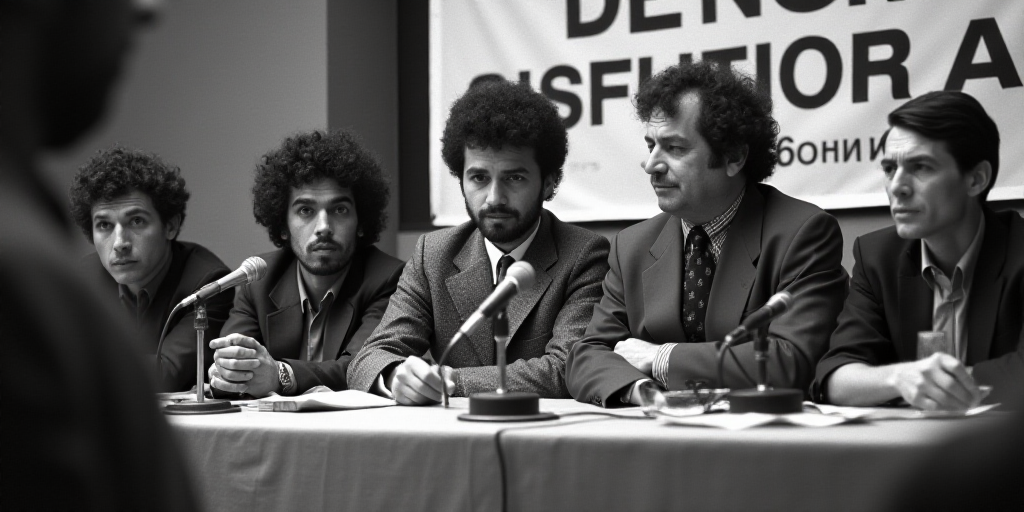Background on Key Figures and Their Relevance
The discussion on reducing the workweek to 40 hours has gained traction in Mexico, with union leaders playing a crucial role in shaping the proposed timeline and conditions. Two prominent figures in this debate are Tereso Medina, the adjunct general secretary of the Confederation of Mexican Workers (CTM), and Napoleón Gómez Urrutia, a federal deputy and leader of the National Union of Miners, Metalworkers, and Similar Workers (SNTMMSRM).
The CTM represents a significant portion of Mexico’s workforce, while the SNTMMSRM focuses on mining and metalworking industries. Both leaders’ opinions carry weight in the ongoing negotiations regarding labor reform.
Union Proposals for Gradual Implementation
At the first Forum for Implementing the 40-Hour Workweek, union representatives advocated for a gradual reduction in working hours, but over a two-year period—shorter than the federal government’s proposed timeline.
Tereso Medina from the CTM expressed support for a phased reduction in working hours, emphasizing that sectors need time to adapt without compromising productivity or employment. He also called for the reduction to be established as a constitutional reform, ensuring two days of rest for every five workdays and introducing a Saturday premium.
Napoleón Gómez Urrutia from the SNTMMSRM echoed this stance, proposing a clear and viable route to transition to the 40-hour workweek by 2027. His plan includes establishing a legislative and technical commission in 2025 to study the legal, economic, and operational impacts. By 2026, he suggests an initial reduction of four hours per week with tax incentives for adopting companies. In 2027, another four-hour reduction would follow, accompanied by technical support, training, and continuous evaluation.
Both leaders highlighted the health benefits of reducing working hours, noting that excessive work can lead to stress, cardiovascular risks, mental health issues, and family disintegration.
SME’s Proposal for Four-Phase Implementation
Martín Esparza, the general secretary of the Mexican Electrical Workers’ Union (SME), views the reduction in working hours as a “historic opportunity.” He emphasized that unions must not only support the presidential intention but also ensure that implementing these measures does not result in wage losses, instead improving workers’ quality of life.
Esparza proposed a four-phase implementation plan for the 40-hour workweek:
- First phase: Amendments to the Constitution and the Federal Labor Law, ensuring full salary payment alongside the new working hour limit.
- Second phase: Initiate reductions in public sectors and financially stable companies, accompanied by pilot programs.
- Third phase: Establish a Social Observatory to assess impacts on productivity, labor health, and economic performance.
- Fourth phase: Generalize the work model across the formal sector, focusing on micro, small, and medium-sized enterprises (MSEs) with a transition regime.
Key Questions and Answers
- What is the main proposal from union leaders? Union leaders, including Tereso Medina and Napoleón Gómez Urrutia, advocate for a gradual reduction in the workweek to 40 hours over two years, with constitutional reform and sector-specific flexibility.
- What are the health benefits of reducing working hours? Reducing working hours can alleviate work-related stress, lower cardiovascular risks, improve mental health, and strengthen family life.
- What is the SME’s implementation plan for the 40-hour workweek? The SME proposes a four-phase plan involving constitutional amendments, sector-specific reductions, pilot programs, a social observatory, and a generalized work model with a focus on MSEs.






